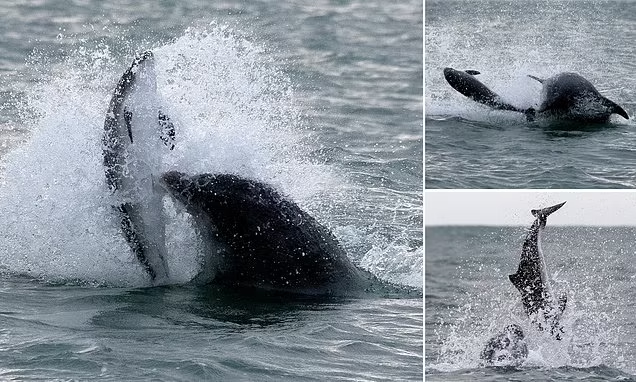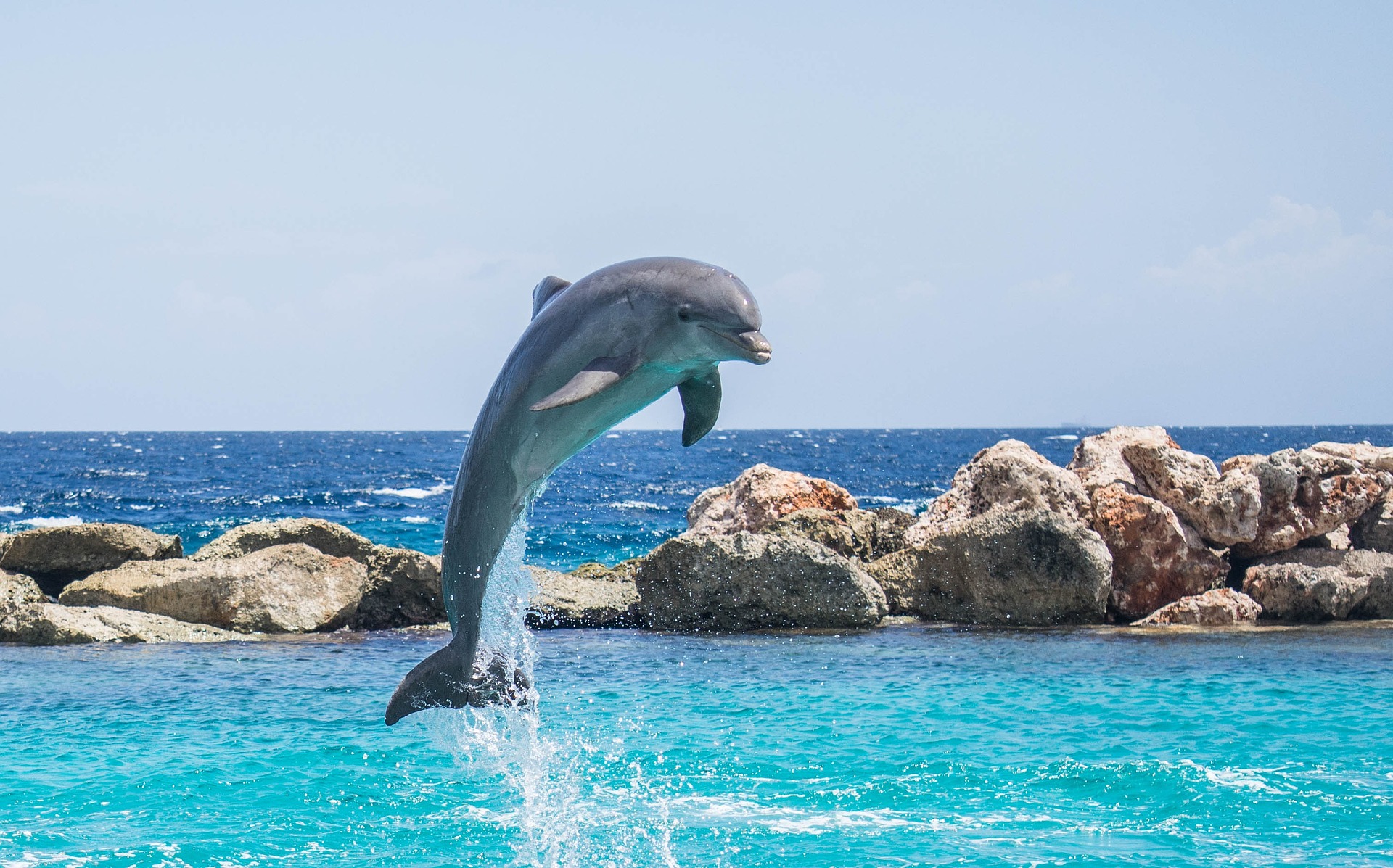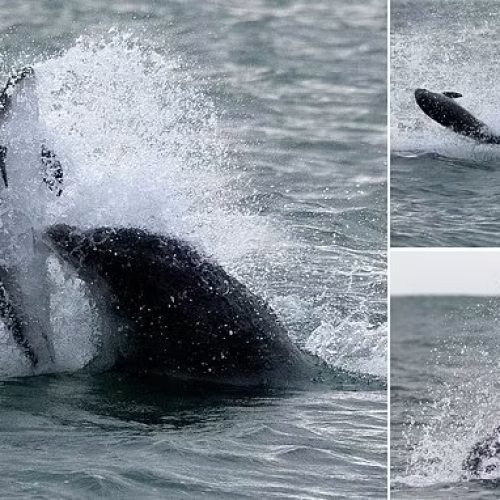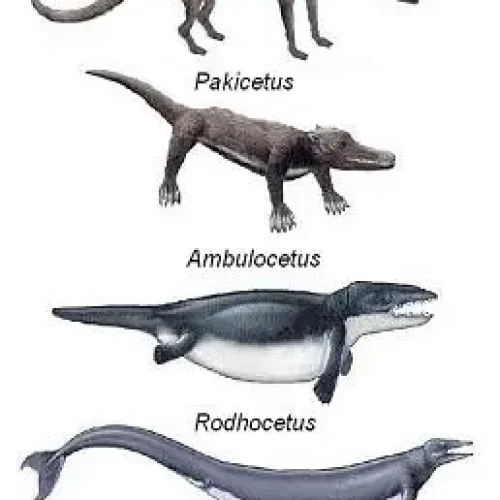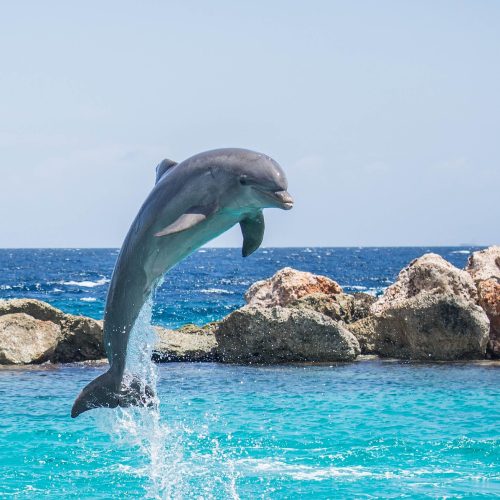In this article
MAPPING DOLPHIN TERRITORIES: UNDERSTANDING CETACEAN GEOGRAPHY
Dolphins, those charismatic marine mammals, have long fascinated humans with their intelligence and playful nature.
But when it comes to their living spaces, many wonder: do these aquatic acrobats have a place they call home?
Defining ‘home’ in the vast ocean landscape
The concept of ‘home’ for dolphins isn’t as straightforward as it is for land-dwelling creatures.
Unlike us, dolphins don’t return to a fixed address each night. Instead, their ‘home’ is more of a fluid concept, encompassing areas where they frequently feed, mate, and socialize.
Research has shown that many dolphin species exhibit a phenomenon known as site fidelity. This means they tend to return to specific areas repeatedly over time.
For instance, bottlenose dolphins in Shark Bay, Western Australia, have been observed using the same regions for decades.
This loyalty to particular locations suggests that dolphins do indeed have a sense of ‘home’, albeit one that’s more expansive and dynamic than our terrestrial perspective might assume.
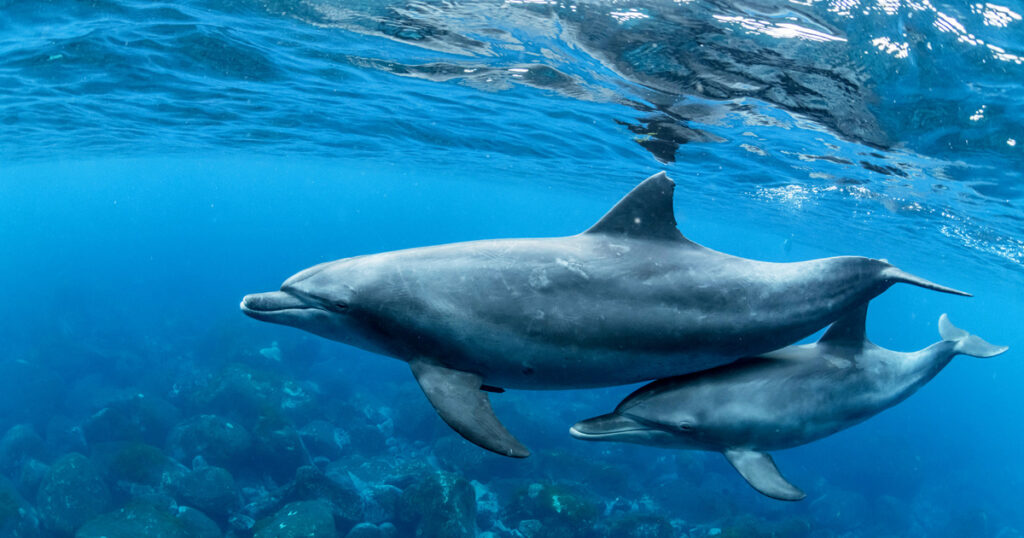
Types of dolphin habitats: from coastal waters to open seas
Dolphins are remarkably adaptable, thriving in a variety of marine environments. Their habitats can be broadly categorized into two main types:
• Coastal habitats: Many dolphin species, like the common bottlenose dolphin, prefer shallow waters near coastlines. These areas offer abundant food sources and protection from predators.
• Pelagic habitats: Some dolphins, such as the pantropical spotted dolphin, spend most of their lives in the open ocean, far from any coastline.
The choice of habitat often depends on the species and available resources.
Coastal dolphins may show stronger site fidelity due to the predictability of their environment, while pelagic species might roam more widely in search of food.
“For instance, a 30-year study of bottlenose dolphins in Sarasota Bay, Florida, found that many individuals spent their entire lives within a 125 km² area.”
The role of oceanographic features in dolphin distribution
Oceanographic features play a crucial role in shaping dolphin territories. These marine mammals are not randomly distributed across the seas but tend to concentrate in areas with specific characteristics:
1. Upwelling zones: Areas where nutrient-rich deep waters rise to the surface, supporting abundant marine life and attracting dolphins.
2. Continental shelves: The relatively shallow waters of these underwater plateaus often host diverse ecosystems that provide ideal feeding grounds for dolphins.
3. Seamounts: These underwater mountains create localized currents and nutrient upwellings, attracting a variety of marine species, including dolphins.
4. Ocean fronts: The boundaries between different water masses can concentrate prey, making them attractive to dolphins.
Understanding these oceanographic influences helps researchers predict and map potential dolphin habitats.
For example, a study in the Mediterranean Sea found that fin whales and striped dolphins consistently favored areas with specific sea surface temperatures and chlorophyll concentrations.
While dolphins may not have a ‘home’ in the traditional sense, their geographical loyalty is evident in their repeated use of certain areas.
This fidelity to specific regions is influenced by factors such as food availability, oceanographic conditions, and social structures.
SITE FIDELITY IN DOLPHINS: LOYALTY TO THEIR MARINE DOMAINS
Dolphins, contrary to popular belief, aren’t always on the move. Many species exhibit a strong attachment to specific areas, a phenomenon known as site fidelity.
This loyalty to particular locations plays a crucial role in their survival and social dynamics.
Long-term studies on dolphin residency patterns
Researchers have spent decades tracking dolphin populations to understand their movement patterns. These studies have revealed intriguing insights:
• Some dolphin groups remain in the same area for generations
• Individuals often return to specific feeding or breeding grounds year after year
• Certain populations show strong preferences for particular bays, estuaries, or coastal regions
For instance, a 30-year study of bottlenose dolphins in Sarasota Bay, Florida, found that many individuals spent their entire lives within a 125 km² area.
This level of site fidelity challenges the notion of dolphins as constant wanderers.
Several key factors contribute to a dolphin’s decision to stay in or return to a specific area:
1. Food resources: Areas with abundant prey are more likely to retain dolphin populations.
2. Social connections: Strong bonds within dolphin groups can anchor them to particular locations.
3. Habitat quality: Clean waters with suitable depth and temperature encourage long-term residency.
4. Protection from predators: Safe havens from sharks and other threats promote site fidelity.
5. Familiarity: Dolphins may prefer known areas where they can navigate and hunt efficiently.
These factors interplay complexly, influencing each dolphin species’ level of site fidelity differently.
Seasonal migrations vs. year-round residency: balancing act of dolphin populations
While some dolphin populations exhibit strong site fidelity, others engage in seasonal migrations. This balance between residency and movement reflects the adaptability of these marine mammals:
• Coastal bottlenose dolphins often show high site fidelity, remaining in the same areas year-round.
• Offshore species like common dolphins may undertake longer migrations, following prey or seasonal patterns.
• Some populations, like those in the Mediterranean, display a mix of resident and migratory individuals.
This variety in movement patterns highlights the diverse strategies dolphins employ to survive in their dynamic marine environments.
Understanding dolphin site fidelity is crucial for conservation efforts.
By recognizing the importance of specific habitats to dolphin populations, we can better protect these charismatic creatures and their marine homes.
IMPLICATIONS OF DOLPHIN LOYALTY: CONSERVATION AND BEYOND
Dolphin loyalty to specific areas dramatically influences conservation efforts. By recognizing that dolphins have preferred ‘homes’, researchers and conservationists can:
• Target protection measures more effectively
• Implement tailored habitat restoration projects
• Design marine protected areas (MPAs) that align with dolphin movement patterns
This knowledge allows for more efficient resource allocation and increases the chances of successful conservation outcomes.
For instance, the identification of critical habitats for bottlenose dolphins in the Mediterranean has led to the establishment of specially protected areas, ensuring these populations have safe spaces to thrive.
The impact of human activities on dolphin ‘homes’
As we’ve come to understand the importance of site fidelity, it’s become clear that human activities pose significant threats to dolphin habitats.
Coastal development, pollution, and overfishing can severely disrupt the areas dolphins call home.
Noise pollution from shipping and offshore construction can interfere with dolphin communication and echolocation, potentially driving them away from their preferred areas.
A study in the English Channel found that increased vessel traffic correlated with a decrease in dolphin presence in traditionally populated zones.
Lessons from dolphin loyalty: rethinking marine protected areas
The concept of dolphin ‘homes’ is revolutionizing how we approach marine conservation.
Traditional MPAs often focus on static boundaries, but dolphin loyalty teaches us that we need more dynamic and interconnected protected areas. This insight has led to the development of:
• Corridor MPAs that protect migration routes
• Seasonal MPAs that adapt to changing dolphin movement patterns
• Networks of MPAs that cover various critical habitats
Moreover, dolphin site fidelity highlights the importance of long-term monitoring. By tracking dolphin populations over extended periods, scientists can better understand how environmental changes affect their loyalty to specific areas.
This data is invaluable for predicting future trends and adapting conservation strategies accordingly.
The concept of ‘home’ in dolphin populations also emphasizes the need for community involvement in conservation efforts. L
ocal communities living near dolphin habitats can play a crucial role in protection initiatives. In coastal regions of France, fishermen are increasingly collaborating with researchers to report dolphin sightings and adjust their practices to minimize negative impacts.
Understanding dolphin loyalty to specific geographical areas has far-reaching implications beyond just conservation. It provides insights into the complex social structures of these marine mammals and their cognitive abilities.

